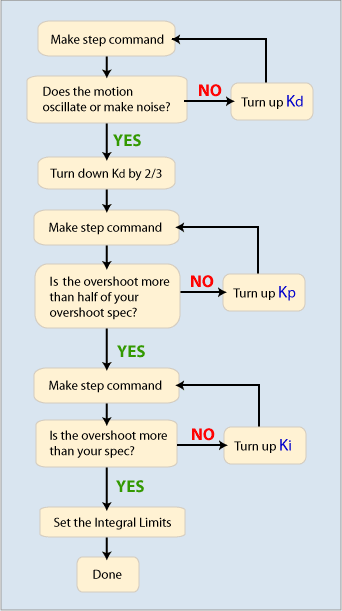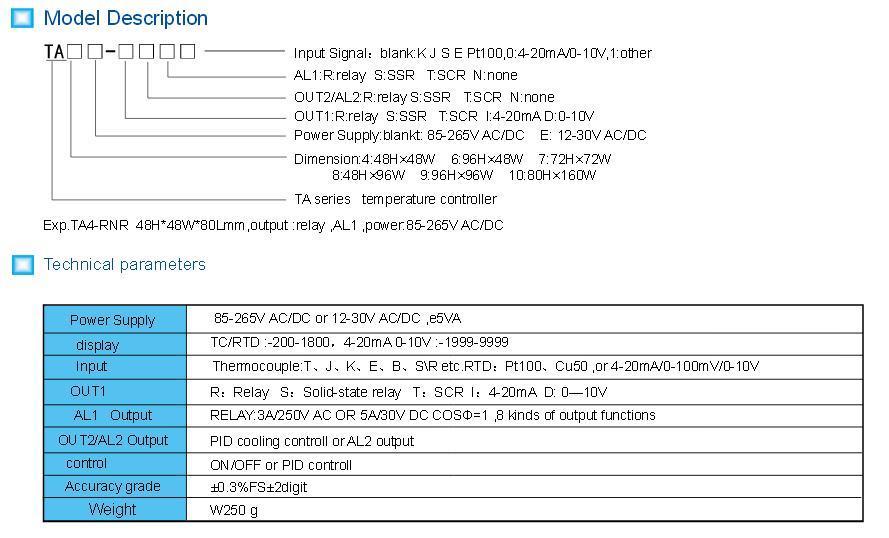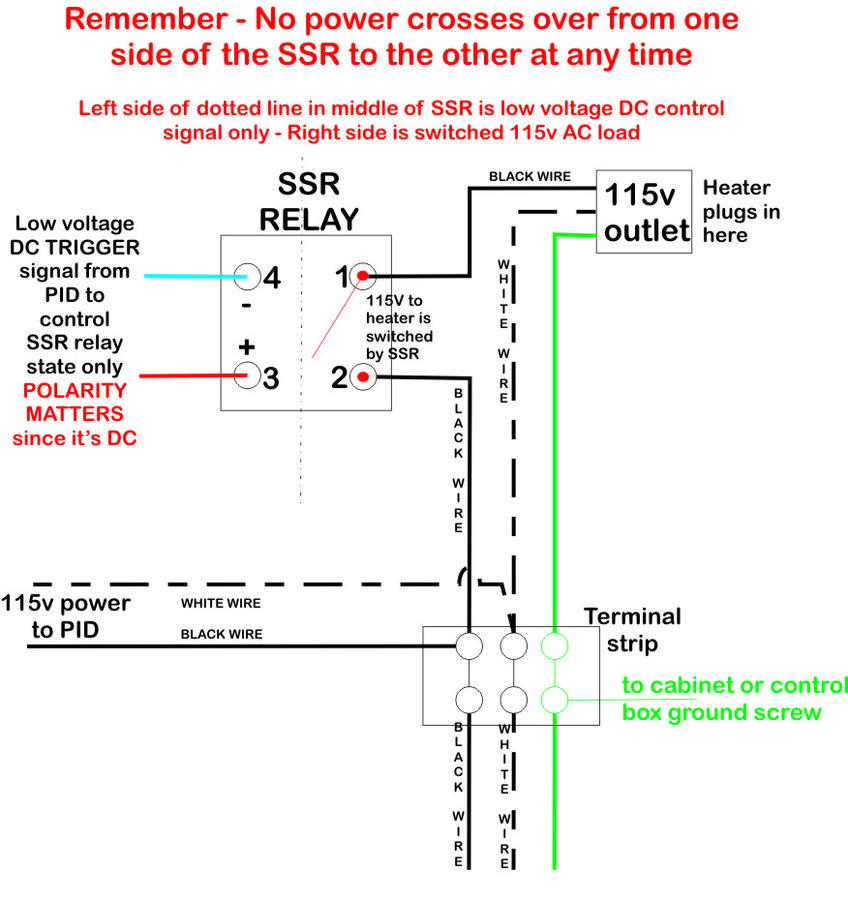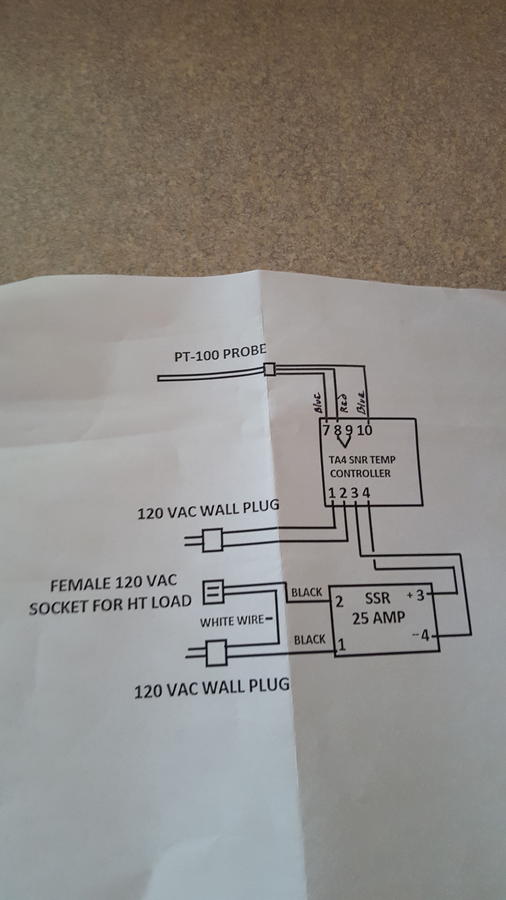Try and run another autotune cycle from a cold pit. The calculated "PID" formula may be off a little or the overall conditions may have changed (autotune run in winter where it was harder to hit target temp might cause it to overshoot in summer if the pit is not highly insulated is one case I can think of. Another example would be autotuning for one temp and then changing to another setpoint temp later and expecting the same performance, you need to autotune for each desired setpoint if you are changing the temp more than a few degrees).Has anyone had any issues with the controller not reading temperature accurately over a range? I have two of these controllers that I'm trying out and both have issues with accuracy on temperature. Even after entering an offset, they still both drift off after heating up. Not just a few degrees... Like 15-20 degrees off. I build control systems for a living and have really never ran into an issue like this unless the controller or thermocouple is bad... Having two showing the same issues doesn't seem like just a one-off bad unit. Since you guys seem to be the only folks discussing this controller on the net, I thought I would reach out and see if this is a common issue with this specific manufacturer.
I would step through the current settings and write them down. Then try a autotune from a cold pit and write those settings down. They try another autotune from the hot pit and again write them down. I suspect the happy medium can be found. **IMPORTANT** make sure you program in the desired setpoint before starting each autotune.
If you want to try and fiddle with the settings manually, here is flow chart to give you some directions on what to change. Kd is the "D" value, Ki is the "I" value, and Kp is the "P" value. P can be described as the present error, I would be the average of past errors, and D is system prediction of future errors based on prior performance.
If you are making manual changes, only change one value at a time and see how the change affects the system performance. Make sure to give the system time to settle down before making a decision to make another change. I would double or halve the value being changed as small changes have small effects.
Here is another chart that may be of help, but in the end it is sort of trial and error to manually tune a PID.
| Parameter Increased | Rise Time | Overshoot | Settling Time | Steady-State Error | Stability |
|---|---|---|---|---|---|
| K[sub]p[/sub] | Decrease | Increase | Small Change | Decrease | Degrade |
| K[sub]i[/sub] | Decrease | Increase | Increase | Decrease Significantly | Degrade |
| K[sub]d[/sub] | Minor Decrease | Minor Decrease | Minor Decrease | No Effect | Improve (for small K[sub]d[/sub]) |
Last edited:










